Decoding the Origins of Pilots’ Call Signs
The world of aviation is adorned with intriguing call signs, especially notable among military pilots who carry distinct monikers or nicknames. While commercial airline call signs are specific to the airline, military pilots’ call signs often bear a personal touch, ranging from serious and professional to light-hearted and humorous, aligning with the organizational culture.
Unveiling the Tradition: A Glimpse into Aviation History
Exploring the genesis of pilots’ call signs unravels a tradition rooted in the historic tapestry of aviation, spanning generations and wars, including World War I & II. The acquisition of call signs is a nuanced process, influenced by superior commanding officers, colleagues, or even public perception.
Commander’s Choice:
In some instances, military pilots receive call signs bestowed upon them by commanding officers or peers. These names are often reflective of the pilot’s distinctive qualities, such as exceptional skill or bravery. Notable examples, like “Maverick” or “Iceman” from the movie Top Gun, exemplify how pop culture references seep into this tradition.
Pilot’s Preference:
Alternatively, pilots may actively choose their call signs, a more prevalent practice among military aviators. This selection can be a rite of passage, establishing identity within the unit. Pilots may opt for names aligning with personal interests or meaningful aspects of their lives.
Call Sign Conventions:
Certain conventions govern the assignment or selection of call signs. Military pilots often receive names based on their last names, offering a personal touch, such as “Raptor” for a pilot named Rapton. Characteristics like aggressiveness or competitiveness may also influence call signs, resulting in names like “Jaws” or “Mongoose.”
Identity and Camaraderie:
Regardless of the method, a pilot’s call sign becomes a vital facet of their identity, fostering camaraderie within the unit. Often as recognizable as their real names, these call signs are used in both radio communication and personal interactions. In historical contexts, it’s speculated that these names may have served to confuse the enemy.
Beyond Personal: Aircraft Call Signs:
In addition to reflecting individual characteristics, call signs extend to aircraft, conveying crucial mission or aircraft information. For instance, a large transport aircraft might bear the call sign “Heavy,” while a fighter jet might be identified as “Eagle” or “Hornet.” This practice transcends into commercial aviation, where pilots of heavy aircraft must use the term “heavy” in communications with air traffic control when the maximum takeoff weight exceeds 300,000 lbs.
























